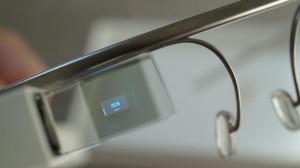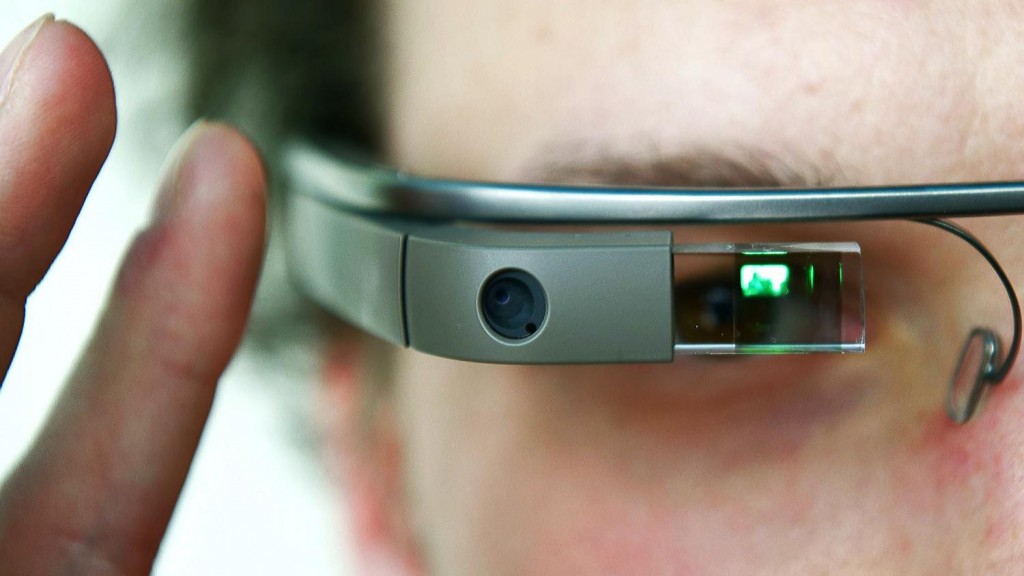Photo by Giuseppe Costantino
It’s all eyes on Google after snatching up the patent for “gaze-tracking” technology last week, (Aug.13, 2013) and now as it prepares to launch its Google Glass specs in 2014.
About 10,000 ‘Google Glass explorers’ – developers who ponied up $1,500 a piece for those goggles – are testing the beta-version. They’re snapping photos, shooting video, browsing the Internet and sending verbal-command emails without so much as a bat of an eye.
Though it’s not the only pair of smartglasses in the works (check out some of the Glass competitors in development), Google Glass is creating the most buzz. And it may just have the wherewithal to alter how people browse the web, freeing data from desktop computers, laptops, tablets and smartphones alike.
In short, by simply slipping on a pair of shades (Google Glass also plans to be compatible with prescription glasses), users will be able to find directions, make dinner reservations, pay bills or even purchase a car – among a dizzying number of tasks. The impact down the line extends to beyond the cool factor – helping police officers track down crooks with face-recognition technology; saving lives by helping doctors communicate across the globe and allowing advertisers to pinpoint consumer tastes by tracking their every move. Scary? Maybe.
But what could this real-life sci-fi scenario mean for website designers and their clients? Here’s the lowdown on how to keep your website in plain sight with Google Glass.
Go big and bold by simply adhering to two predominant themes – Responsive Web Design (RWD) and the Mobile First approach.
Content Management & Design Tips:
 Your website should respond to the size of the Google Glass screen, as it does for other mobile devices. Users should be able to read text without having to zoom in or scroll from side to side.
Your website should respond to the size of the Google Glass screen, as it does for other mobile devices. Users should be able to read text without having to zoom in or scroll from side to side.- Use minimal text, determining the most important content and presenting it in the most accessible way.
- When designing your website, keep in mind that users can’t touch a screen and will be focusing on content predominantly with one eye.
- Choose bold, large font and simple graphics, as users are not able to move the device closer to clarify text or images.
- Use contrasting colours to differentiate text from the background, combating the bright outside light and background action users may encounter through thelenses.
- Any links should be large enough to ‘point and click’ easily.
- Rethink the hierarchy of your website’s content, so it stands out from other information recently browsed by the user.
Watch out for:
- Websites with forms (input-based) cannot be filled out using the Google Glass beta-version. If this remains the case with the consumer release, make sure you clearly display contact info (phone, email, address) to give users another immediate way to reach your company (i.e. searching for directions)
- Pop-up ads are a hindrance as the “x” to close the window is not visible through the glasses.
- Testing website functionality with Google Glass is currently a challenge with limited users. You can try Google’s Mirror API or search for various third-party solutions.
The full impact smartglasses may have on website design is yet to be seen, but building a responsive, adaptable website is never short-sighted. Any new device is an opportunity to increase website traffic, connect with your next customer, and inevitably generate new business.
*Google Glass Specs (beta-version):
- Sensors (gyroscope, accelerometer)
- 640 x 360 display – prism screen that floats in front of right eye
- 5 megapixel camera, 720P video-capability built-in
- Microphone for voice to text functionality (view, receive and answer emails, texts etc.)
- 24-hour battery life at ‘typical use’
- 12 gigabyte of usable storage
- WiFi receiver/Bluetooth adaptor (works better with Android or IOS smartphone)
- Mobile browser
- Syncing capability to Google Drive
- Micro USB cable and charger
- Touchpad along one arm (gestures are interpreted)
- Replacement frame with adjustable nosepad
- Sound through bone conduction transfer, vibrating skull to transmit to ears
- Five colours (Charcoal , Tangerine, Shale, Cotton and Sky)
- Price USD$1,500 (cheaper consumer-version expected)
- Release Date (Consumer-version): 2014

*The Actions
- Scroll by sliding one finger along the touch bar, which extends from around ear to the front of temple.
- Browse website by placingtwo fingers on the touch bar.
- Click on links by centering upon them and tapping the touch bar. A circle acts as the pointer.
- Use two fingers back to zoom in and two fingers forward to zoom out.
*The App-ons
- Google Hangout – software to video chat
- Google Maps – to get directions
- MyGlass app – to pair with Android phone for GPS
*These specs may change with the consumer release
Sources
